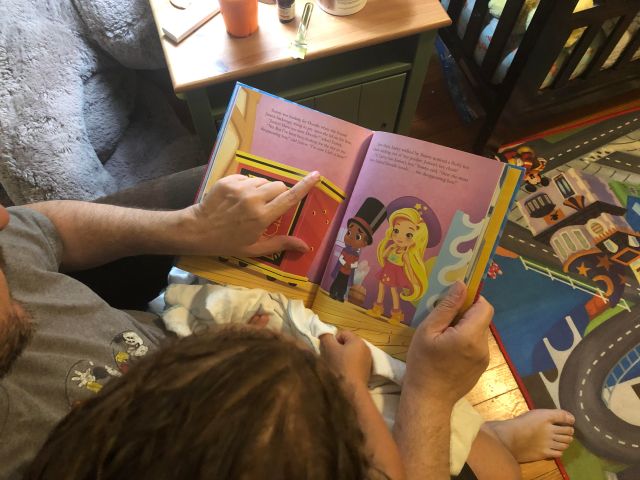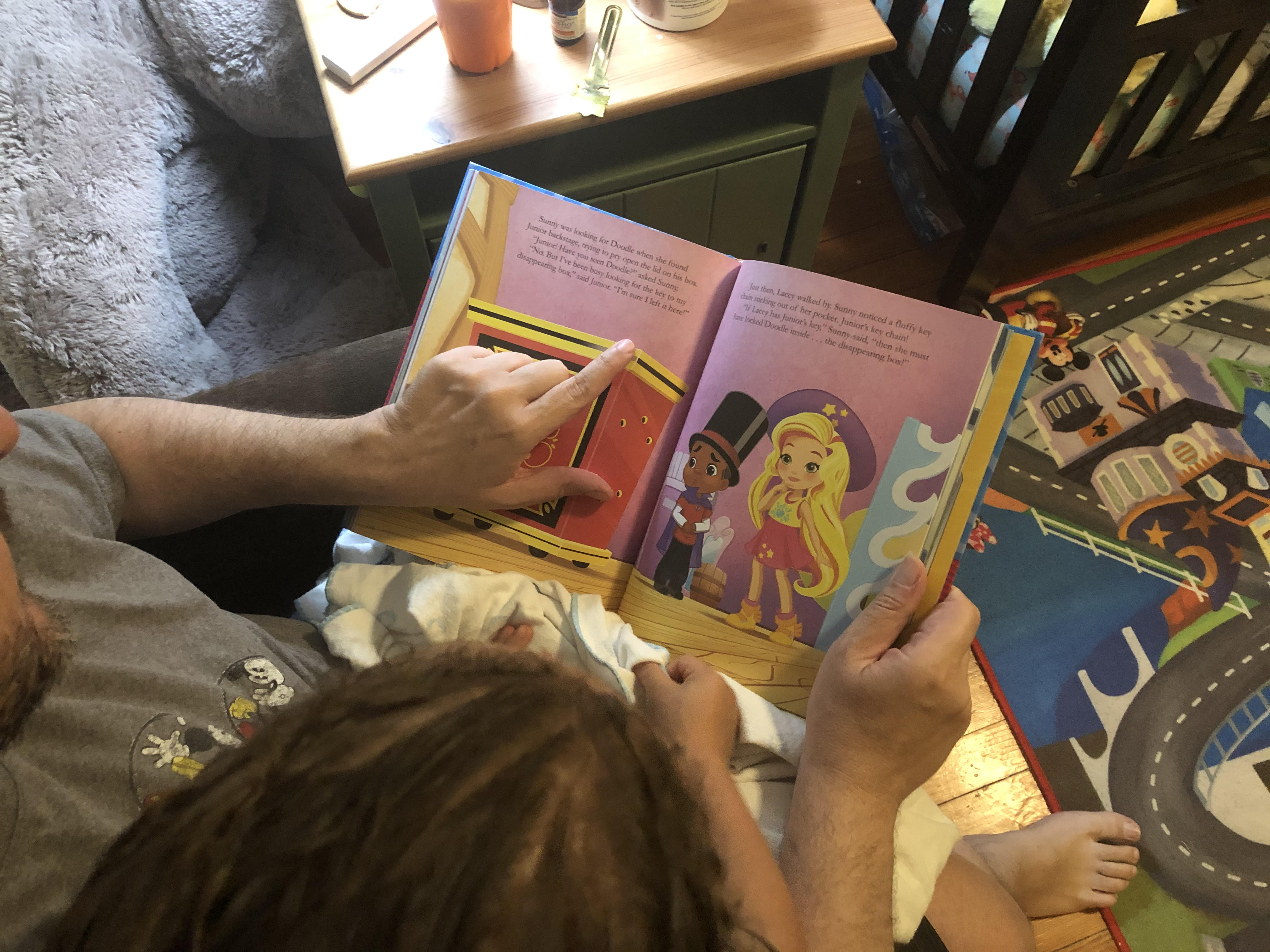Last August second grade teacher Brandy Young sent home a note to parents announcing her new homework policy… or rather her no homework policy. One of the parents, Samantha Gallagher, posted a snapshot of Mrs. Young’s note to her Facebook page, which has been shared over 72,000 times and gained national media attention.
Parents rejoiced and cheered on Mrs. Young who explained in her note, “Research has been unable to prove that homework improves student performance. Rather, I ask that you spend your evenings doing things that are proven to correlate with student success. Eat dinner as a family, read together, play outside, and get your child to bed early.”
While some teachers and even entire schools have followed suit and adopted no homework policies, the majority have not — to the lament of many parents and their stressed out kids. Blogger and The Honest Toddler author Bunmi Laditan is one of those parents lamenting the overwhelming amount her daughter brings home. In her own viral Facebook post in late April, she writes:
My kid is done with homework. I just sent an email to her school letting her know she’s all done. I said “drastically reduce” but I was trying to be polite because she’s finished.
My 10-year-old loves learning. She independently reads 10-12 chapter books a year and regularly researches topics that interest her (right now she’s writing a story about wolves). She takes coding classes, loves painting, and likes something called Roblox that I don’t fully understand. But over the past four years I’ve noticed her getting more and more stressed when it comes to school. And by stressed I mean chest pains, waking up early, and dreading school in general.
She’s in school from 8:15am-4pm daily so someone please explain to me why she should have 2-3 hours of homework to do every night?
How does homework until 6:30, then dinner, then an hour to relax (or finish the homework) before bed make any sense at all?
Is family time not important? Is time spent just being a child relaxing at home not important? Or should she become some kind of junior workaholic at 10 years old?
Like Laditan, many parents are throwing up their hands in frustration asking how hours of homework for young children make any sense.
And, it is not just parents and kids starting to push back. The National Education Association and the National Parent-Teacher Association both recommend the “10 minute rule”: no more than 10 minutes of homework for each grade, starting in 1st and adding 10 minutes for each grade. So that would be 10 minutes for a 1st grader, 20 minutes for a 2nd grader, and up to 120 minutes for a 12th grader.
But many teachers are still assigning much more than the national recommendations — particularly in elementary school where research shows no benefits to any formal homework, leaving many young students — and often their parents in tears. And, sometimes -as was the case with Laditan’s daughter- the signs of stress are severe, including chest pains and insomnia.
How Much Is Too Much?
Obviously signs of severe stress, like panic attacks, sudden changes in sleeping or eating habits, as well as changes in temperament can indicate that there is a problem. But sometimes the signs can be more subtle. To help determine if your child may be overloaded with too much homework, start with these telling questions:
Does your child’s homework regularly surpass the 10 minute rule? That is, no more than 10 minutes of homework for each grade. So 10 minutes for a 1st grader, 20 minutes for a 2nd grader, and on up to 120 minute for a 12th grader.
Does homework prevent free-play time after school? Kids work hard in school all day and just like you need some time to relax and unwind. Time for free-play is especially important for the youngest learners.
Does homework prevent regular and relaxed family interactions? While quality family time may not be possible every day, when it does happen it should be focused on togetherness– not stressing about homework.
Is homework interfering with sleep? Kids -and teens!- need sleep and if they sacrifice sleep for the sake of study, research indicates that their academic performance may actually suffer.
If you answered “Yes” to any of these questions your child may have too much homework. Don’t panic and declare that you are homeschooling just yet — though this is a valid and appealing option for many and incidentally the route that Laditan decided on.
Opting Out
Child development expert Dr. Dona Matthews recommends several ways to push back against too much homework:
Before you call the school, she recommends that you take an honest look at your child’s schedule. Does she have a commitment every afternoon? Take sometime to reflect and consider if homework is really the problem or if she is just too tired to complete it because of all of her activities.
Next talk to other parents to get a sense of how long homework is taking other kids. If the homework load is not a problem for others, consider what else may be at play with your child (Learning disability? Recent family change? Trouble with friends?) and have an exploratory conversation with her teacher. However, if others are struggling with the homework load as well, it may be time for a conversation about homework.
Start with a friendly email or conversation asking about the homework policy and explaining the specific issues that your child is having. Some teachers are simply unaware of the 10 minute rule. While others may forget that while it may only take them 10 minutes to do 4 worksheets, that it could take an exhausted 1st grader much longer. Ask what changes can be made to help ease the burden of homework.
If your child’s homework load is still excessive, be sure to follow up and tell your child’s teacher that the problems are persisting. Also, consider sending along articles like this one “Too Much Homework? Study shows that elementary kids get 3 times more than they should.”
If you aren’t making way with the teacher, you can escalate the issues to the administration and possibly even to the school board.
You can also consider quite simply opting out. Explain to your child’s teacher and administrators that you have done your best to work together to reduce the load, but that it is not working and that you will simply need to have your child to opt out of routine homework or that you will have them stop working after they have fulfilled the 10 minute rule.
But, sometimes -as in Laditan’s case- you may find that the best fit for your family is to home school or consider a school that has a more child-friendly homework policy.
We’d love to hear about your homework woes and success stories! What strategies have you used to deal with too much homework?
_____________
Want to share your stories? Sign up to become a Spoke contributor!
I'm a mom to three amazing little people and a freelance writer and editor. I relish reading, travelling, runs sans the jogging stroller, and lazy Saturday mornings at home.



















